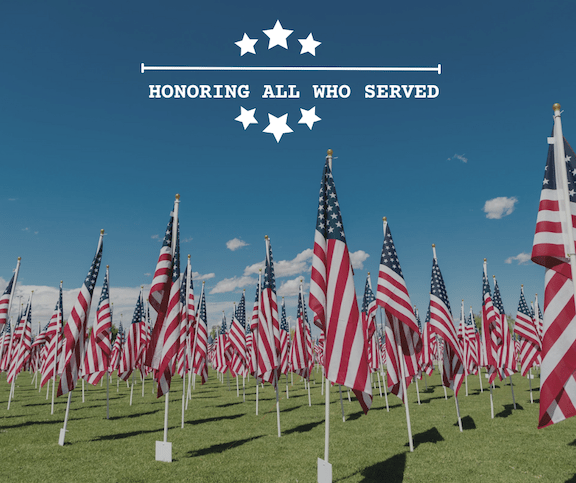A Little Bit About Memorial Day

Memorial Day is a day steeped in history, reflection, and honor—a time to remember those who gave their lives in military service to the United States. As we gather with family and friends for barbecues or long weekends away, it’s worth remembering the deeper meaning behind the holiday. Here is a bit of information you may not know about Memorial Day.
Memorial Day started as Decoration Day in the years following the Civil War. Families and communities would honor fallen Union soldiers by decorating their graves with flowers and flags. The first national observance of Memorial Day was in 1868 when May 30 was declared as a day to honor those who died in the Civil War. Memorial Day was moved to the last Monday in May in 1971 to create a three-day weekend. This change was part of the Uniform Monday Holiday Act, aimed at giving workers more predictable time off.
Several traditions have emerged over the years to honor the day including the placement of more than 260,000 American flags at the graves in Arlington National Cemetery, one for each fallen service member buried there. The tradition is known as “Flags In.” Many local cemeteries perform a similar flag distribution. There is also a National Moment of Remembrance set for 3 pm local time throughout the country. This was established in 2000 by Congress. Red poppies are tied with Memorial Day inspired by a World War I poem entitled “In Flanders Fields.” The American Legion sells and distributes poppies to honor veterans, both living and deceased. It is important to cite the difference between Memorial Day and Veterans Day, (celebrated November 11). Memorial Day honors those who have died in service, Veterans Day honors all who have served the U.S. military.
In addition to its solemn purpose, Memorial Day weekend is considered by most as the unofficial start of summer in the U.S. As you enjoy your Memorial Day weekend, consider joining the 3 p.m. moment of silence, wearing a poppy, or attending a local memorial event. These simple acts help keep the true meaning of Memorial Day alive for future generations.


















